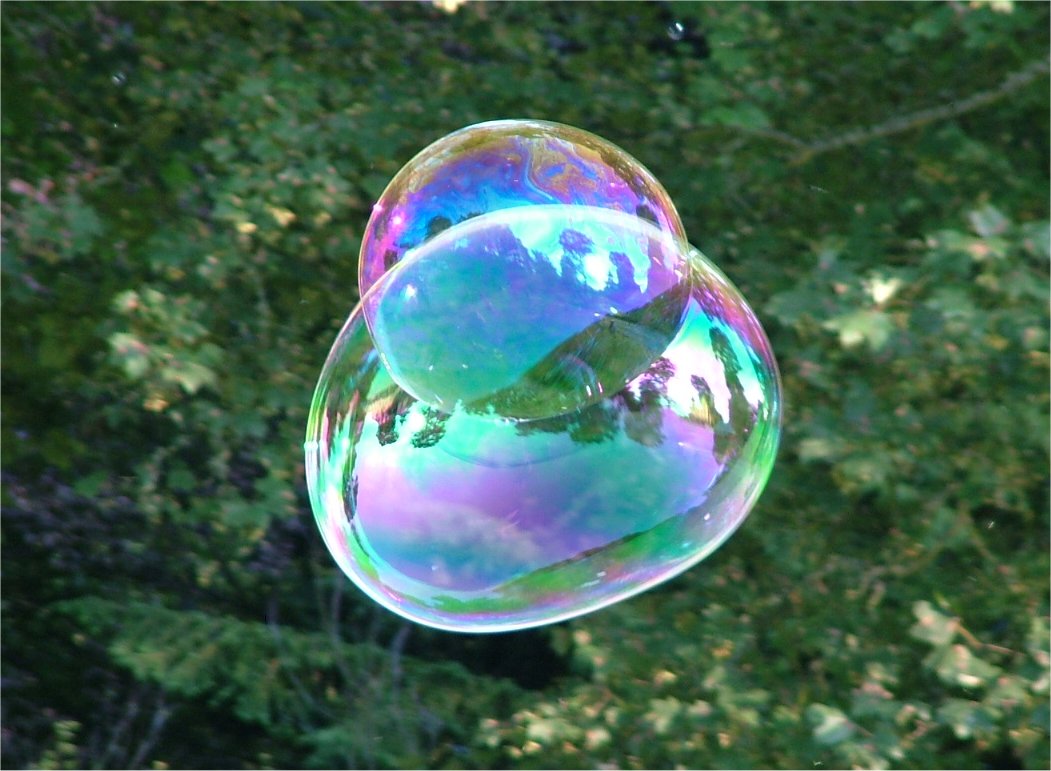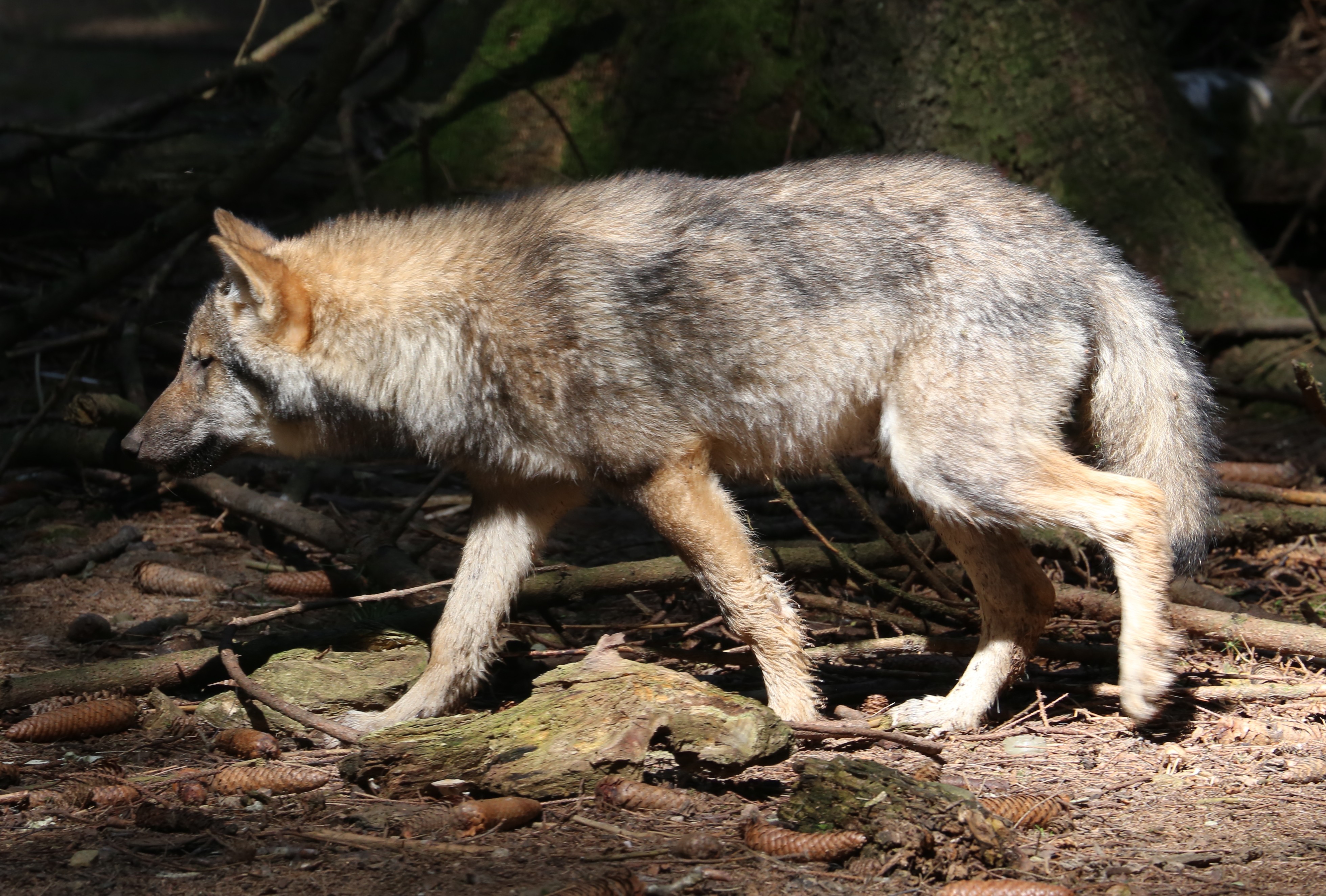|
Alasmidonta Heterodon
The dwarf wedgemussel (''Alasmidonta heterodon'') is an endangered species of freshwater mussel, an aquatic bivalve mollusk in the family Unionidae, the river mussels. Distribution and conservation status This is a rare species found solely in North America's Atlantic coast streams and rivers of various sizes and moderate current. The dwarf wedge mussel's current range extends from New Hampshire to North Carolina. The dwarf wedge mussel is federally listed as endangered and state-listed as endangered in Connecticut, Massachusetts, Maryland, North Carolina, New Hampshire, New Jersey, New York, Pennsylvania, Virginia, and Vermont. It previously lived in New Brunswick, but it is locally extirpated in Canada since 1968. The Canadian Species at Risk Act listed the dwarf wedgemussel in the List of Wildlife Species at Risk as being extirpated in Canada. Biotope This mussel may be found in small creeks to deep rivers in stable habitats with substrates ranging from mixed sand ... [...More Info...] [...Related Items...] OR: [Wikipedia] [Google] [Baidu] |
Isaac Lea
Isaac Lea (March 4, 1792 – December 8, 1886) was an American publisher, Conchology, conchologist and geologist. He was a partner in the publishing businesses Mathew Carey, Matthew Carey & Sons; Carey, Lea & Carey; Carey, Lea & Blanchard; and Lea & Blanchard. He authored multiple books describing the freshwater mussel genus ''Unio (bivalve), Unio'' and named 1,842 species of fifty genera of freshwater and land mollusks. He sparked a scientific controversy amongst geologists when he published about his discovery of fossilized footprints in Mount Carbon, Pennsylvania, that he incorrectly proposed were from a reptile from the Devonian, Devonian Period over 360 million years old. The fossil has since been identified as that of an amphibian from the Mississippian (geology), Mississippian Age over 330 million years old. He served as president of the Academy of Natural Sciences of Drexel University, Academy of Natural Sciences of Philadelphia from 1858 to 1863 and of the American Assoc ... [...More Info...] [...Related Items...] OR: [Wikipedia] [Google] [Baidu] |
Virginia
Virginia, officially the Commonwealth of Virginia, is a U.S. state, state in the Southeastern United States, Southeastern and Mid-Atlantic (United States), Mid-Atlantic regions of the United States between the East Coast of the United States, Atlantic Coast and the Appalachian Mountains. The state's List of capitals in the United States, capital is Richmond, Virginia, Richmond and its most populous city is Virginia Beach, Virginia, Virginia Beach. Its most populous subdivision is Fairfax County, Virginia, Fairfax County, part of Northern Virginia, where slightly over a third of Virginia's population of more than 8.8million live. Eastern Virginia is part of the Atlantic Plain, and the Middle Peninsula forms the mouth of the Chesapeake Bay. Central Virginia lies predominantly in the Piedmont (United States), Piedmont, the foothill region of the Blue Ridge Mountains, which cross the western and southwestern parts of the state. The fertile Shenandoah Valley fosters the state's mo ... [...More Info...] [...Related Items...] OR: [Wikipedia] [Google] [Baidu] |
Johnny Darter
The johnny darter (''Etheostoma nigrum'') is a species of freshwater ray-finned fish, a darter from the subfamily Etheostomatinae, part of the family Percidae, which also contains the perches, ruffes and pikeperches. It is native to shallow waters throughout North America east of the Rocky Mountains. Etymology The johnny darter's Latin name comes from the Greek root words , meaning to filter, ''stoma'', meaning mouth, and '' nigrum'', meaning black. Geographic distribution The johnny darter is found from Saskatchewan and Colorado to the Atlantic seaboard and from Hudson Bay south to the Gulf Coast drainage systems. They are the most common darter in Minnesota and Ohio. Description The johnny darter can reach a length of TL though most only reach about . Males weigh a little over 2.0 grams, and the females weigh about 1.6 grams. These small, slender fish have brown to yellow scales, paler sides, and whitish bellies. They have no bright colors and generally just have bro ... [...More Info...] [...Related Items...] OR: [Wikipedia] [Google] [Baidu] |
Etheostoma Olmstedi
The tessellated darter (''Etheostoma olmstedi'') is a species of freshwater ray-finned fish, a darter from the subfamily Etheostomatinae, part of the family Percidae, which also contains the perches, ruffes and pikeperches. It is native to Canada and the United States. It was formerly considered a subspecies of the johnny darter, which it greatly resembles in general appearance. Description Both the tessellated darter and johnny darter are rather pale with small, X- or W-shaped markings on the back and upper sides. Both have only a single anal fin spine whereas all other darters in their range have two. Tessellated darters have somewhat sharper snouts than johnny darters, more dorsal soft rays, and more pectoral fin rays. The suborbital sensory canal is complete in most tessellated darters, usually broken into two sections in johnny darters. Their nape is usually naked, and their cheeks are partly too completely scaled. The breast is usually naked and the belly partly scaled. ... [...More Info...] [...Related Items...] OR: [Wikipedia] [Google] [Baidu] |
Glochidium
The glochidium (plural glochidia) is a microscopic larval stage of some freshwater mussels, aquatic bivalve mollusks in the families Unionidae and Margaritiferidae, the river mussels and European freshwater pearl mussels. These larvae are tiny and are typically between 100 and 200 micrometers, or approximately a third of the size of a grain of salt. They can be round or have hooks, attaching to the gills, fins and scales of fish (for example to the gills of a fish host species) for a period before they detach, fall to the substrate and take on the typical form of a juvenile mussel. Since a fish is active and free-swimming, this process helps distribute the mussel species to potential areas of habitat that it could not reach any other way. Before the origin of this larval form was understood, they were described as "parasitic worms" on the fish host, although under normal circumstances, glochidia do not harm fish. Overexposure or heavy infections of glochidia may however gre ... [...More Info...] [...Related Items...] OR: [Wikipedia] [Google] [Baidu] |
Iridescent
Iridescence (also known as goniochromism) is the phenomenon of certain surfaces that appear gradually to change colour as the angle of view or the angle of illumination changes. Iridescence is caused by wave interference of light in microstructures or thin films. Examples of iridescence include soap bubbles, feathers, butterfly wings and seashell nacre, and minerals such as opal. Pearlescence is a related effect where some or most of the reflected light is white. The term pearlescent is used to describe certain paint finishes, usually in the automotive industry, which actually produce iridescent effects. Etymology The word ''iridescence'' is derived in part from the Greek word ἶρις ''îris'' ( gen. ἴριδος ''íridos''), meaning ''rainbow'', and is combined with the Latin suffix ''-escent'', meaning "having a tendency toward". Iris in turn derives from the goddess Iris of Greek mythology, who is the personification of the rainbow and acted as a messenger of the g ... [...More Info...] [...Related Items...] OR: [Wikipedia] [Google] [Baidu] |
Nacre
Nacre ( , ), also known as mother-of-pearl, is an organicinorganic composite material produced by some molluscs as an inner shell layer. It is also the material of which pearls are composed. It is strong, resilient, and iridescent. Nacre is found in some of the most ancient lineages of bivalves, gastropods, and cephalopods. However, the inner layer in the great majority of mollusc shells is porcellaneous, not nacreous, and this usually results in a non-iridescent shine, or more rarely in non-nacreous iridescence such as ''flame structure'' as is found in conch pearls. The outer layer of cultured pearls and the inside layer of pearl oyster and freshwater pearl mussel shells are made of nacre. Other mollusc families that have a nacreous inner shell layer include marine gastropods such as the Haliotidae, the Trochidae and the Turbinidae. Physical characteristics Structure and appearance Nacre is composed of hexagonal platelets, called tablets, of aragonite (a form ... [...More Info...] [...Related Items...] OR: [Wikipedia] [Google] [Baidu] |
Substrate (biology)
In biology, a substrate is the surface on which an organism (such as a plant, fungus, or animal) lives. A substrate can include biotic or abiotic materials and animals. For example, encrusting algae that lives on a rock (its substrate) can be itself a substrate for an animal that lives on top of the algae. Inert substrates are used as growing support materials in the hydroponic cultivation of plants. In biology substrates are often activated by the nanoscopic process of substrate presentation. In agriculture and horticulture * Cellulose substrate * Expanded clay aggregate (LECA) * Rock wool * Potting soil * Soil In animal biotechnology Requirements for animal cell and tissue culture Requirements for animal cell and tissue culture are the same as described for plant cell, tissue and organ culture (In Vitro Culture Techniques: The Biotechnological Principles). Desirable requirements are (i) air conditioning of a room, (ii) hot room with temperature recorder, (iii) microsc ... [...More Info...] [...Related Items...] OR: [Wikipedia] [Google] [Baidu] |
Canada
Canada is a country in North America. Its Provinces and territories of Canada, ten provinces and three territories extend from the Atlantic Ocean to the Pacific Ocean and northward into the Arctic Ocean, making it the world's List of countries and dependencies by area, second-largest country by total area, with the List of countries by length of coastline, world's longest coastline. Its Canada–United States border, border with the United States is the world's longest international land border. The country is characterized by a wide range of both Temperature in Canada, meteorologic and Geography of Canada, geological regions. With Population of Canada, a population of over 41million people, it has widely varying population densities, with the majority residing in List of the largest population centres in Canada, urban areas and large areas of the country being sparsely populated. Canada's capital is Ottawa and List of census metropolitan areas and agglomerations in Canada, ... [...More Info...] [...Related Items...] OR: [Wikipedia] [Google] [Baidu] |
Local Extinction
Local extinction, also extirpation, is the termination of a species (or other taxon) in a chosen geographic area of study, though it still exists elsewhere. Local extinctions are contrasted with extinction, global extinctions. Local extinctions mark a change in the ecology of an area. It has sometimes been followed by a replacement of the species taken from other locations, such as with wolf reintroduction. Discussion Glacial period, Glaciation is one factor that leads to local extinction. This was the case during the Quaternary glaciation, Pleistocene glaciation event in North America. During this period, most of the native North American species of earthworm were killed in places covered by glaciation. This left them open for colonization by European earthworms brought over in soil from Europe. Species naturally become extinct from islands over time; this can be either local extinction if the species also occurs elsewhere, or in cases of endemism, island endemism, outright ex ... [...More Info...] [...Related Items...] OR: [Wikipedia] [Google] [Baidu] |
List Of Wildlife Species At Risk
As of November 2024, the List of Wildlife Species at Risk has more than 600 entries for Canadian wildlife species considered at varying risks of extinction, including 301 classified as endangered species, 147 threatened species, 200 special concern, and 23 extirpated (no longer existing in the wild in Canada, but exists elsewhere). About 65 percent of Canada's resident species are considered "Secure". More than 30 wildlife species have become extinct in the wild since the arrival of European settlers. The Government of Canada maintains a list of all plant and animal species, or designatable units (DUs) thereof, federally recognized as special concern, threatened, endangered, extirpated, and extinct in Canada under Schedule I of the Species at Risk Act (SARA). SARA Schedule Species listed on SARA Schedule I receive federal legal protections under the act, including the protection of individuals, populations, and their habitat from harm. Listing on Schedule I of the act also ma ... [...More Info...] [...Related Items...] OR: [Wikipedia] [Google] [Baidu] |




